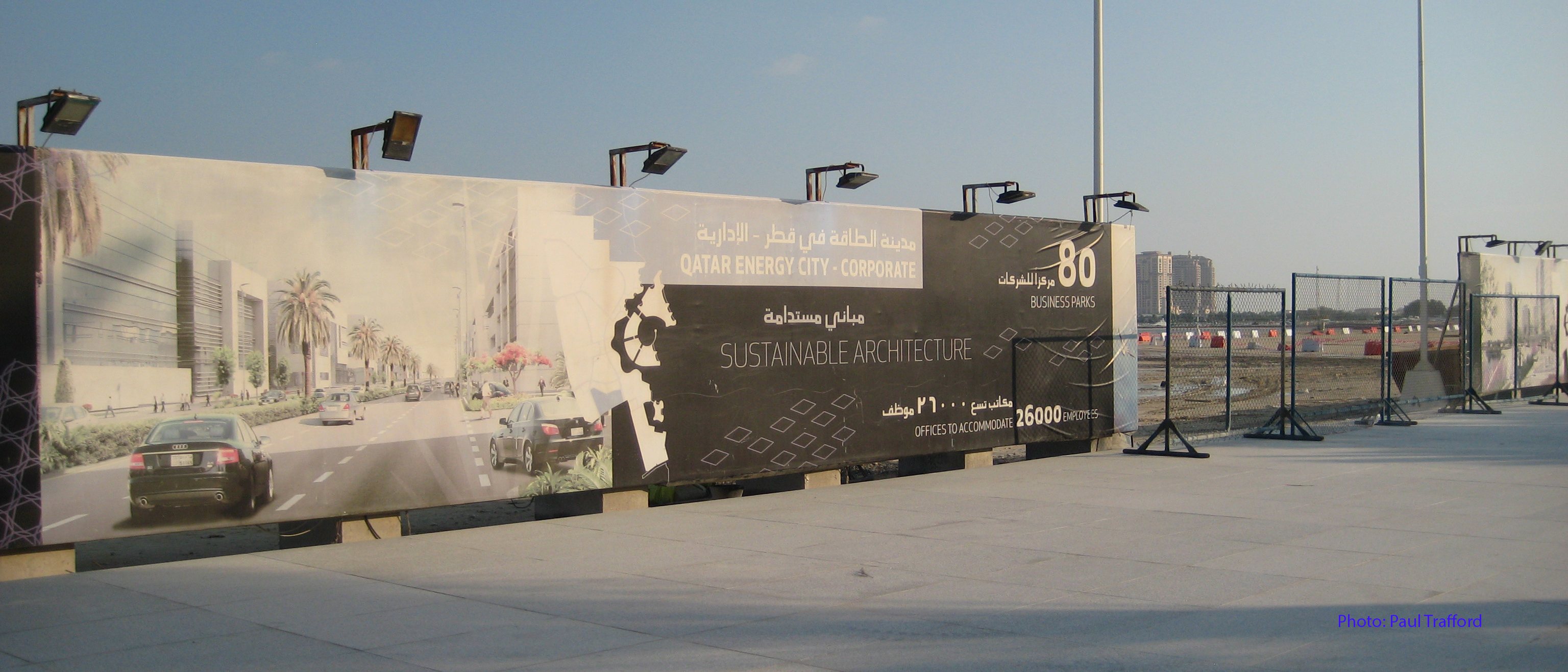New and innovative measures to match the abundant population growth across the world are necessary now more than ever. Moreover, the methodologies behind these innovations need to sustain well into the future.
The new planned city in Qatar, Lusail City, resting about 20km outside of Doha is the largest sustainable development to be undertaken in Qatar. For those wondering, a planned city is any community that was carefully planned from its inception and is typically constructed in a previously undeveloped area. This differs from the norm that evolves in more of an ad-hoc fashion. There are examples of planned cities all over the world – in fact, you may be living in one right now…
Lusail City is part of Qatar’s National Vision 2030, which was developed to bridge the gap between the present and the future of the Emirate. The planned city will be a 38 km2 area with a waterfront location stretching over 28 km. the city has four exclusive islands and 19-multi-purpose residential, mixed-use, entertainment and commercial districts. This city will be able to accommodate 200,000 residents and 170,000 employees whilst welcoming over 80,000 visitors.
Some other features include:
- 36 schools;
- High and low-rise buildings;
- State-of-the-art hospital;
- Blue water lagoon with two marinas; and
- Underground metro link to Doha rail network.
At the heart of the development of the comprehensive city is sustainability. The breathtaking buildings and innovative infrastructure needs to sustain for future generations and is top-of-mind for the Lusail Real Estate Development Company (LREDC). As stated on their website, ‘LREDC was entrusted to deliver Lusail City, to distinguish it as the ‘conscience of sustainable development’, and to set new standards in the provision of community facilities and services.
To build sustainably, as is the charge for the LREDC, they must consider the importance of building durably. A structure can be built durably without being sustainable; however, one cannot build sustainably without first building for durability. With the city surrounded by water and a coastline stretching 28 KM featuring some of the most luxurious real-estate and expensive infrastructure in the world, building durably means to build watertight structures. Further, this means embracing innovative systems and solutions that ensure water deterioration does not become a problem.
In order for this innovative project to meet Qatar’s National Vision of becoming a prosperous and modern country by 2030, developments like Lusail City must be able to last the sands of time, using methodologies befitting a durable concept.
Lusail City is estimated to cost USD $45-Billion with hopes to be completed by 2020.







